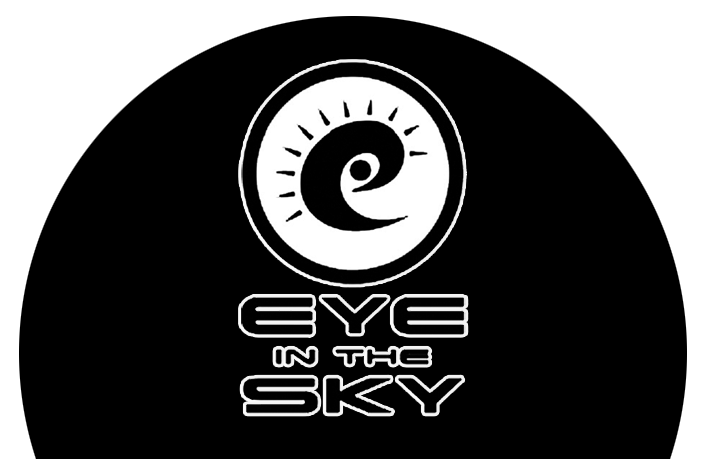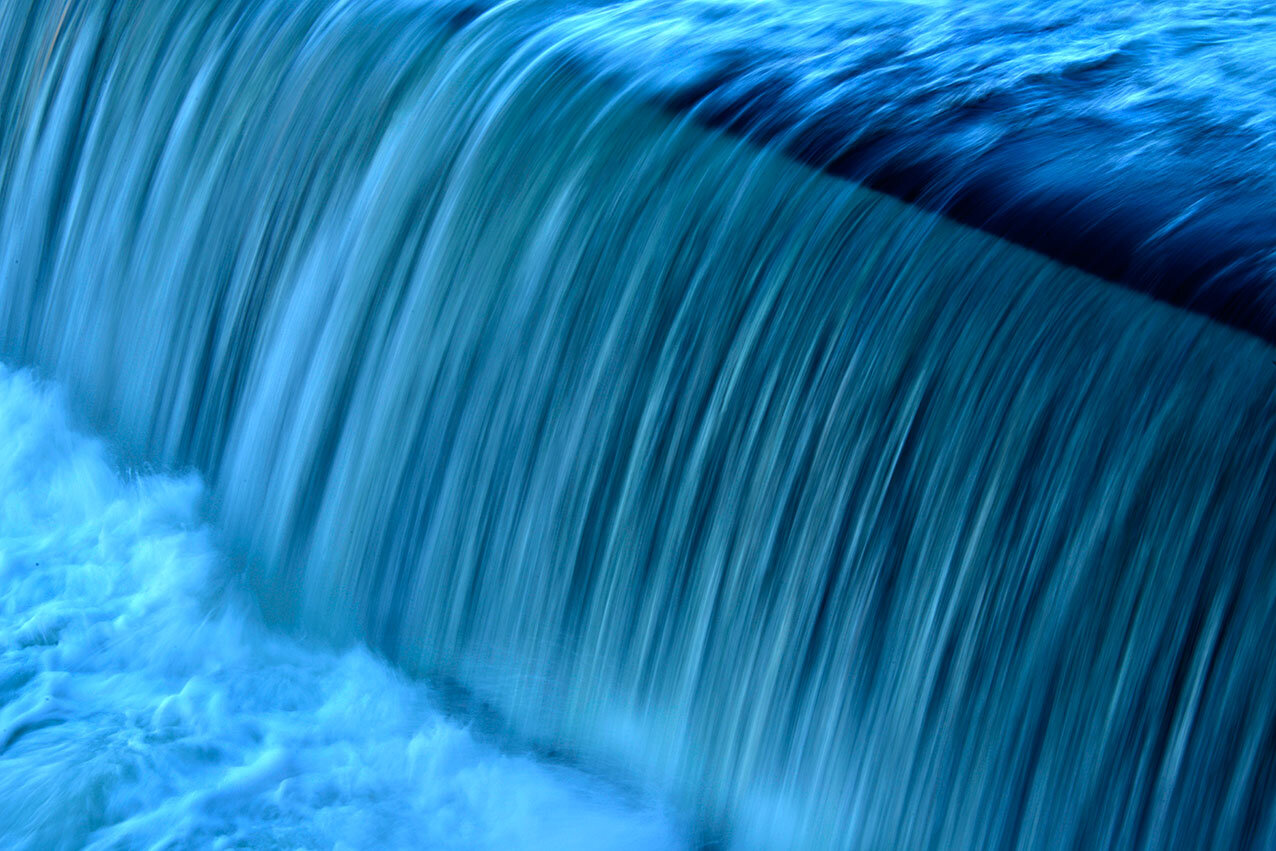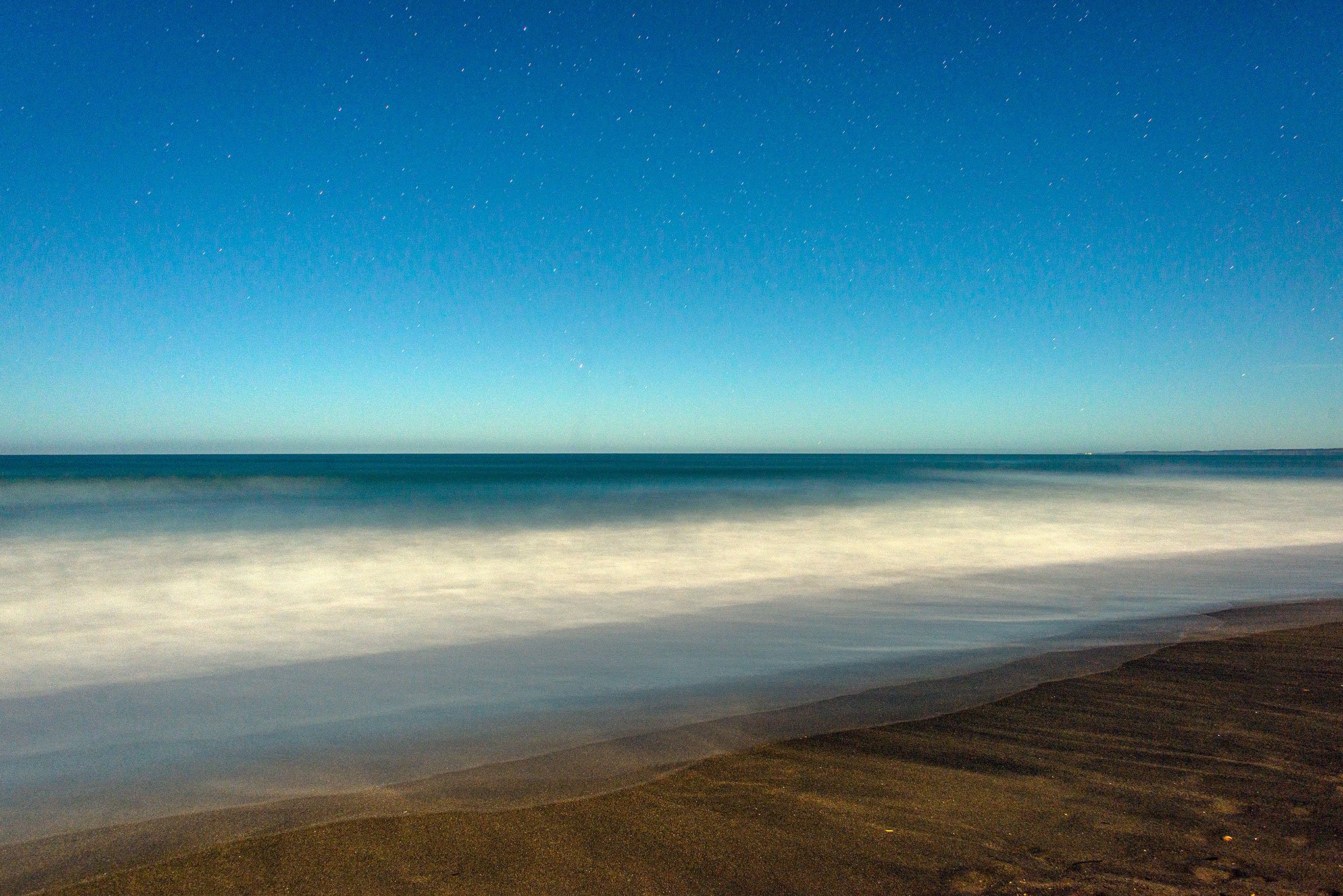WATERFALLS
CAPTURING MOVEMENT
Apart from capturing low light situations, slow exposures can give movement to water or any other moving element. Water will have an almost smoke-like appearance in proportion to how long you expose it for. The longer the exposure the more the smoke-like blur. During the day where there is a lot of light, this can be a problem as you will need a slow shutter speed of around one second or more. In which case the more overcast the sky the better. You will need a tripod or somewhere solid to place your camera. An external shutter release if possible, plus if you have have one, a neutral density filter Go to the neutral density (ND) filter page.. The latter will limit the light entering your camera by about one to two stops, enough to get a one second exposure.
The tunnel interior was shot with a one second exposure which captured the ambience. But as a consequence of the slow exposure, the tunnel itself is blurred because of the movement of the train.
THE METHOD - daytime
With your camera on a tripod, set the camera firstly on AUTO at f.22 with an ISO of 100 and a shutter speed of around 1 second, just to see what the exposure result is. Take a shot and see if it is too light or too dark, then adjust the settings until you get a good exposure and remember these settings. Now set the camera to MANUAL and dial in these exact same settings you have made. Once you have the correct focus and exposure, turn auto focus off. Then make the shot.
If you can’t get a one second exposure, try taking the ISO down as far as you can, to 50 or lower. The idea here is to not move your camera once it’s set up and ready to go, so an external cabled or Bluetooth cable release is ideal for this.
In post production you can remove the blue cast on the water if you wish.
All of these frames were shot with a 200mm lens, with 100 ISO, one second at f.22.
Go to the neutral density (ND) filter page.
All photography and information © Jon Davison 2022.
BACK TO MAIN MENU














